Image by Annette Meyer from Pixabay
|| Clary Sage || The Blooming Periods for the African Violets || Facts About Geraniums That Gardeners Should Know ||
Table of Contents
Geranium Flower
Geranium
When we look into the history of Geranium Flower as a healing plant and as an essential oil with therapeutic properties, we look at two separate branches but with a common thread of healing uses.
One of the first recorded references was around 50CE by Dioscorides, the Greek physician, and botanist. Although no specific mention can be found of its uses, the inclusion of the plant indicates it as ‘of interest.’
Nicholas Culpepper, apothecary and author in the 17th century, noted the recording of herb robert, geranium robertanium, in herbal use from the 13th century. Other varieties were discovered in Europe and linked due to the distinctive seed pod, also common to North American types.
This variety of geranium has many other names – fox geranium, stinky Bob, red robin, and a few – but is most commonly known as cranesbill or herb robert. This attractive flowering plant has been valued for its healing properties for centuries. It can be found growing wild in hedgerows and clinging between rocks on the sides of mountains in temperate regions of the world.
Growing to about 2ft, it has pretty, lacy leaves, small pink flowers, and a red stem. Rubbing the leaves releases a fresh, green, earthy, slightly minty aroma that will deter deer and rabbits from your garden. Not cats, though.
Brief History on Geranium
Historically, this plant was valued as a ‘miracle’ worker and so, obviously, connected to witchcraft. In folklore, according to the notorious Margaret Barker, it was considered “the plant of equality, all parts equal and harmonious” – a curious link to today’s knowledge of the essential oil and its reputation as an agent of balance.
It was used throughout Europe to treat a wide variety of ailments. The leaves are edible, so they were eaten fresh or made into a tea to treat jaundice, gout, diarrhea, dysentery, toothache, and even cancer. In addition, they could be pounded into a paste and applied to wounds and bruises, where they helped to stem the flow of blood and prevent infection.
In North America, the root of various geranium was used by the Meskwaki and Ojibwa Indians for toothache and gum disease.
Botanists of the world noted these different varieties and classified them as ‘geraniums’ based on their identical and distinctive seed pods. Then, in the 16th century, a new variety from The Cape was introduced to Europe. As it had the same seed pod, it was classified as geranium. However, the flower was different, as was the method of dispersing seed, so it was renamed Pelargonium and became a separate branch of the Geraniaceae genus. It is from this species that geranium essential oil is derived.
We would like to pointing out that the Geranium plant is a herb in its own right, the pelargonium is native to specific areas of southern Africa – the Limpopo, Zimbabwe, Mozambique, and the Western CapeIt has been used medicinally for a long time and was a staple of African Bush Medicine.
The Medicine Men of the Sotho and Zulu tribes made a paste from crushed leaves to stem bleeding and treat wounds and abscesses. They used the roots in infusions to wash fevered patients to bring down their temperature.
This was probably the same species used by the Ancient Egyptians, who used it to treat skin infections and enhance beauty.
No matter where it has grown, it is clear that these different geranium varieties have been recognized for similar properties and used with a common purpose. It is no further than the geranium essential oil we use today.
Extracted from the flowers and leaves of pelargonium graveolens by steam distillation, the geranium essential oil has a sweet and heavy aroma with minty overtones, a little like rose, with which it has much in common.
How to Grow Geraniums
Geraniums are a true garden classic that has been a favorite of gardeners for over a century. Geranium is an old-fashioned standard still popular today for beds, borders, and containers.
Traditional bedding types can tolerate dry conditions and thrive in hot temperatures. Geraniums are perennials in Zones 10–11, although most of them are planted as annuals. It is possible to bring them inside during the winter in order to keep them warm and replant them outside in the spring. (Alternatively, they can bloom all year indoors if given enough light.)
Geraniums have long been a favorite among gardeners. They’re easy to grow, brightly colored, and have a lovely scent. Here’s how to grow geraniums in your house and garden!
The Pelargonium genus, which contains geraniums and storksbills, is the subject of this page. This isn’t a page on cranesbills, which are also known as “hardy geraniums.”
Despite the fact that geraniums can be grown outside during the warmer months of the year, they are frequently kept indoors to overwinter. They can also be grown indoors and bloom all year if given ample light.
Geranium plants have different needs based on where they are planted and how they are grown. Inside, geraniums need a lot of light to bloom, though they may tolerate diffused light. They thrive best at temperatures between 65 and 70 degrees Fahrenheit (18 and 21 degrees Celsius) during the day they do best at 55 degrees Fahrenheit (13 degrees Celsius) at night.
These Geranium plants will also need a potting soil that drains properly. When cultivated outdoors, geraniums require a moist, well-draining soil with an equal mix of soil, peat, and perlite.
Make sure your geraniums get at least six to eight hours of direct sunlight each day. Plant these plants after the threat of frost has passed, as they require protection from the cold.
It is recommended to space the plants 8 to 12 inches apart (20-30 cm) apart and It is recommended that the plants are planted at the same depth as the containers. Mulching the plants is also a good idea to help them retain moisture.
Care of Geraniums
Geranium maintenance is simple, whether indoors or out. Fertilizing is normally It is important to water the plants as well as to fertilize A plant needs to be watered deeply at least once a week, whether it is indoors or outdoors, though potted plants may require daily watering during hot weather. During their active growing season. You should use a water-soluble houseplant fertilizer or a 5-10-5 fertilizer with organic matter every four to six weeks.
When indoor or potted plants become overgrown, which is usually indicated by withering between watering, they may need to be repotted. Deadheading spent blooms on a regular basis will also encourage more blossoming. It’s preferable to avoid overhead irrigation when watering outside plants because it can attract pests and diseases.
Geraniums root quickly from cuttings and can be propagated in the fall for outdoor overwintering. You can even dig them up and bring them indoors.
Citations:
https://www.nwt.org.uk/wildlife-explorer/wildflowers/herb-paris
https://www.nwt.org.uk/wildlife-explorer/wildflowers/herb-paris


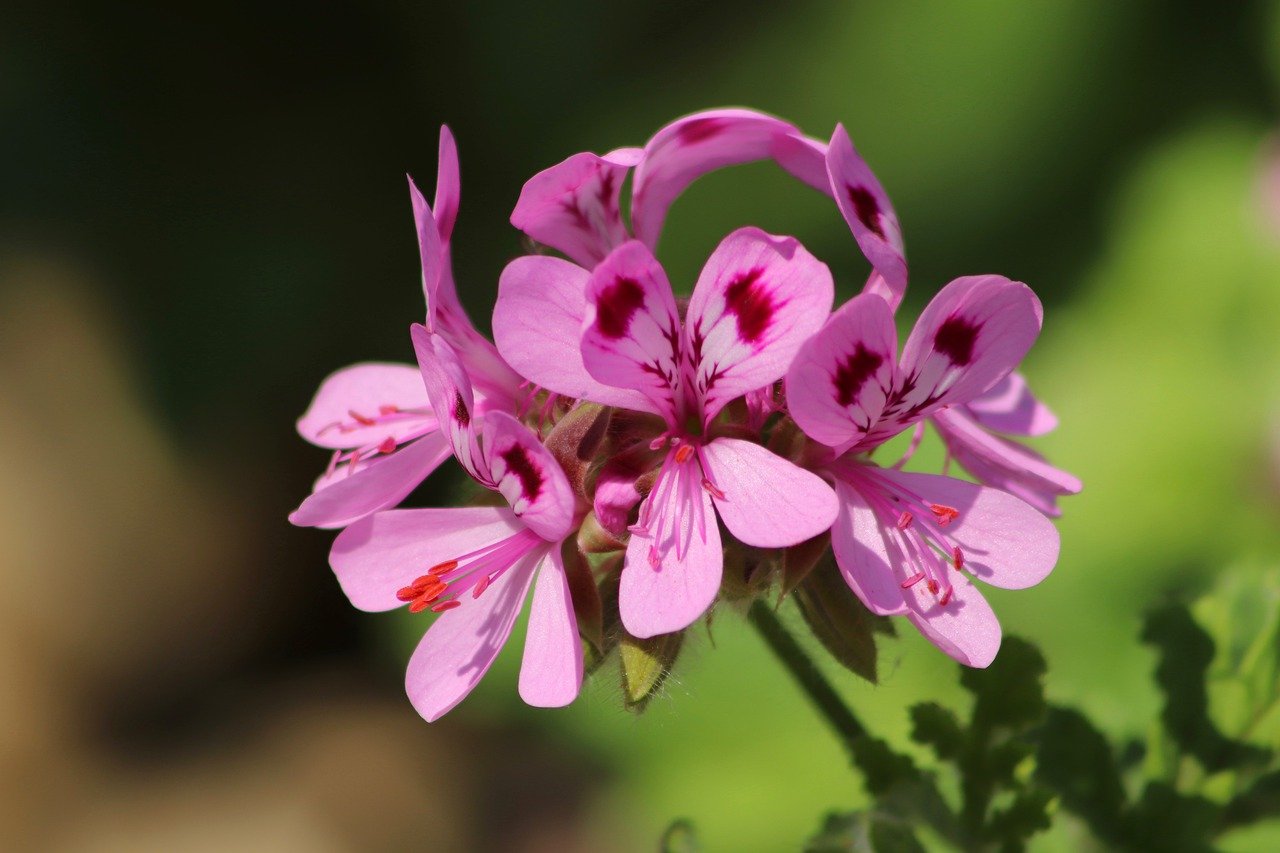
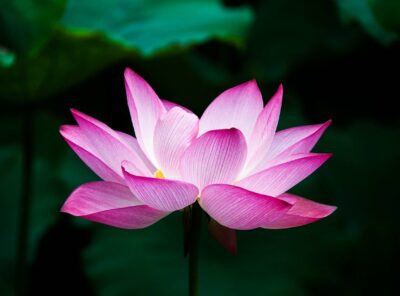
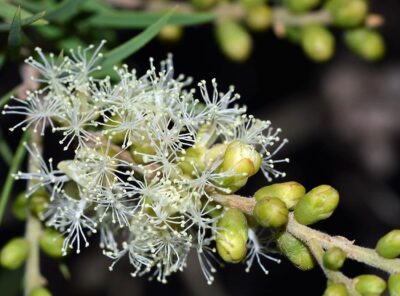
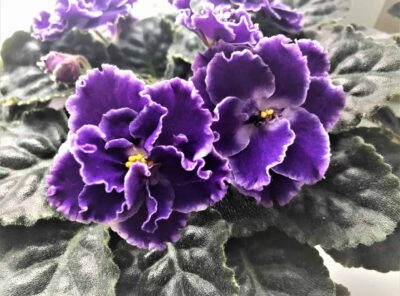
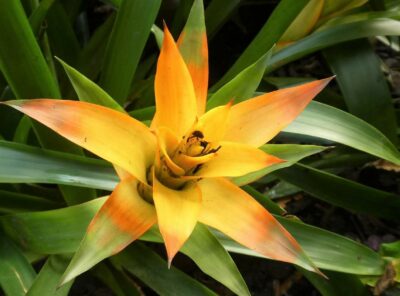
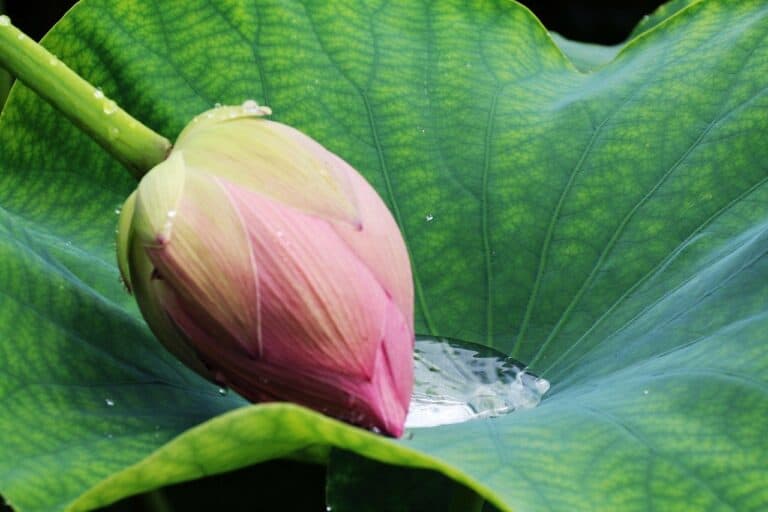
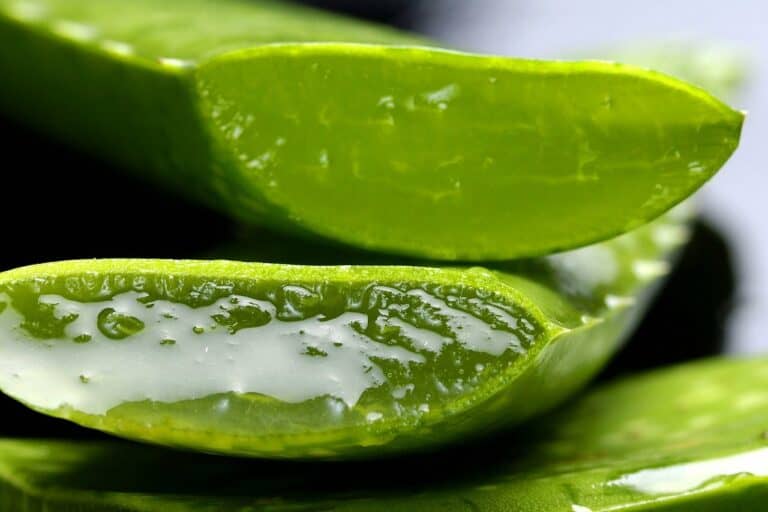
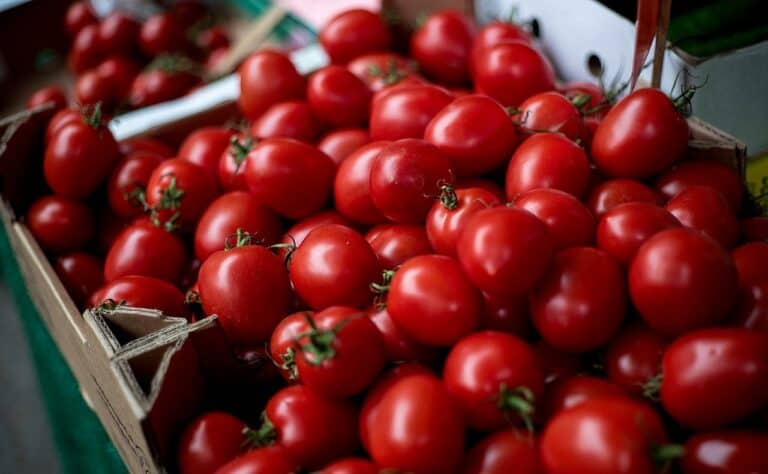
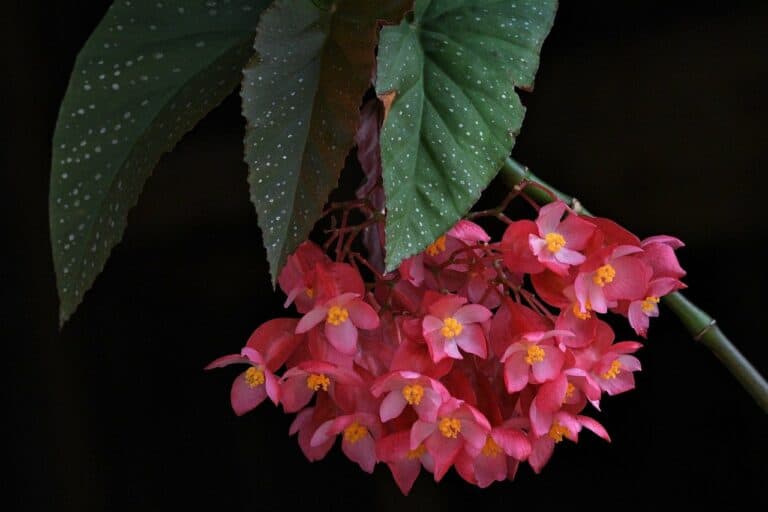

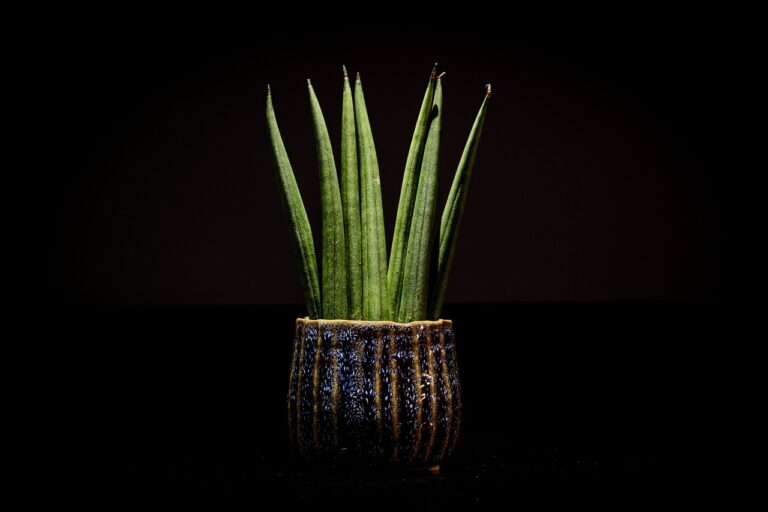
2 Comments
Comments are closed.